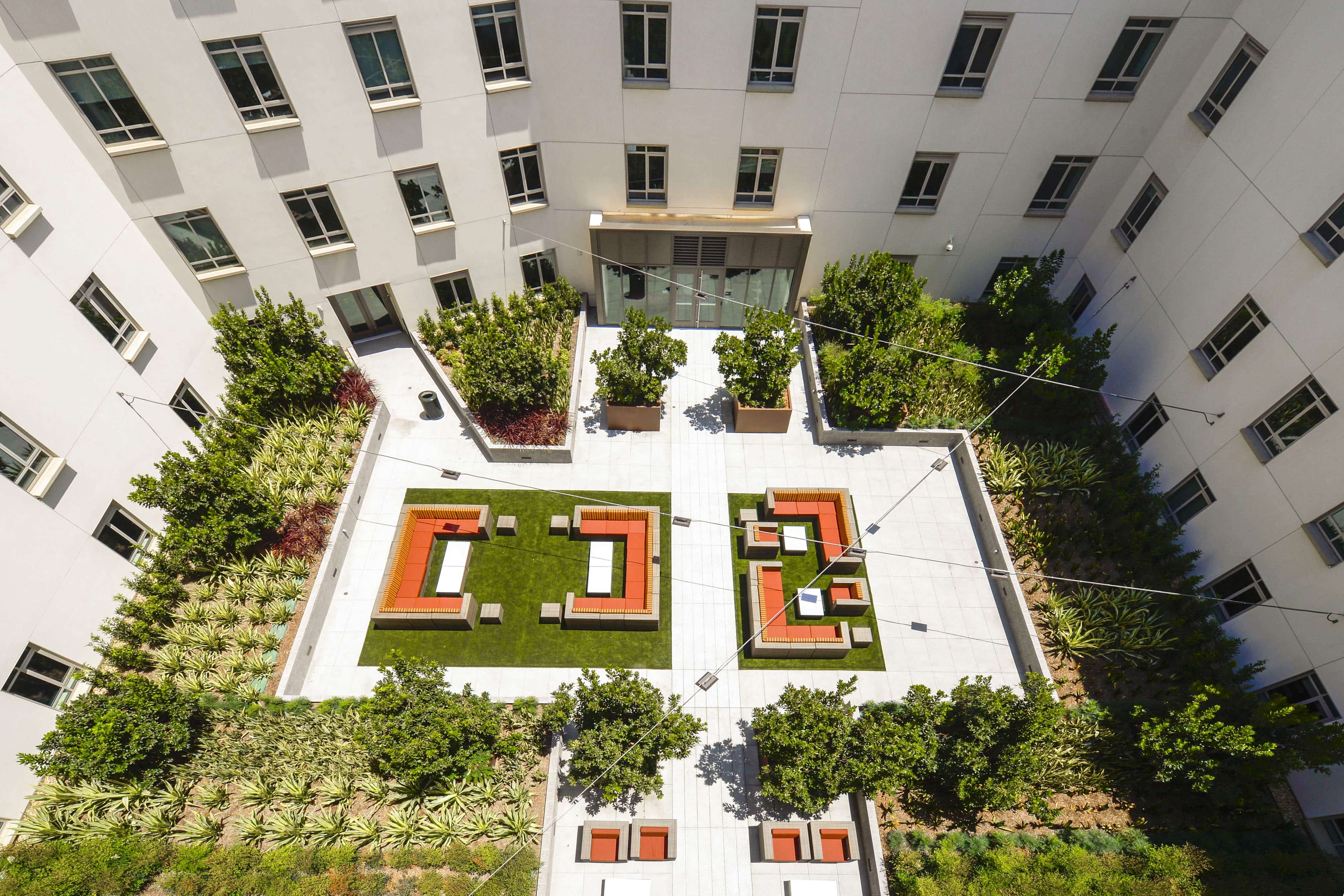In late May, Narendra Modi became India’s newest prime minister, and upon election, he set a goal to clean the Ganges in five years, the 150th anniversary of Mahatma Gandhi’s birth. The Ganges is both a sacred river in the Hindu religion and India’s most threatened river. As part of Modi’s plan to clean the river, he named Uma Bharti as the Minister for Water Resources, River Development and Ganga Rejuvenation. Since the Ganga Action Plan was implemented in 1986, India has spent about US$1.9 billion to restore the river with little success. However, the effects of improving the river’s water quality would be far reaching, improving the water source of some 400 million people.
The river’s waters originate in the Himalayas from pure glacial water. However, more than 200 towns in the Ganges Basin discharge seven billion liters of wastewater directly into the river and its tributaries, as reported by Bloomberg. Wastewater treatment works set up under the Ganga Action Plan are overwhelmed, and this situation is only expected to worsen as urban populations expand.
Additionally, according to a 2013 report in the International Journal of Scientific Research and Publications, the river is contaminated by approximately 260 million liters (68.7 million gallons) of industrial wastewater. Agricultural runoff laden with 6 million tons of fertilizers and 9,000 tons of pesticides also reaches the river. Solid waste also is dumped into the river, including thousands of animal and human corpses. At the confluence of the Ganges and the Varuna River, fecal coliform counts were as high as 1.5 million counts per 100 milliliters based on water samples collected by the “Clean Ganga Campaign.” As a result, water-borne diseases, such as cholera and typhoid, can occur from swimming in and drinking the water. According to WaterAid, an estimated 38 million Indians are affected by water-borne diseases, creating an economic burden of $600 million. Read more.




